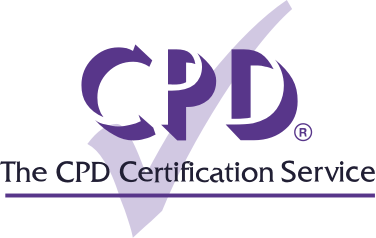In recent years, there has been a notable surge of interest in cake design and decoration, inspired by various cultural phenomena such as online trends, challenges, and social media content. This CPD article will provide a brief overview of what cake design is, why it is so important, as well as some key cake decorating techniques.
What is cake design?
Traditionally cake decorating is the art of dressing up a cake for special occasions such as birthdays, weddings, national or religious holidays, or as a promotional item. However, nowadays it has become recreational as a hobby, a piece of fun and stress relief, most noticeably during the recent coronavirus pandemic. It typically involves a form of sugar art that uses materials such as icing, frosting, fondant, and other edible decorations that can be consumed.
Why is cake decorating so important?
Although once a hobby, cake decorating has turned into an alluring profession that many are practising. Many people who feel like being artistic turn to creating cakes that are no less than artwork. Cakes are often the centrepiece of the dessert table. As such, they have to look amazing. Designers bake and decorate custom cakes based on the requirements of customers. Creative designs are used and adapted to produce a unique and visually striking product for each customer.
What are the key cake decorating techniques?
There are a wide variety of options for you to choose from, all depending on personal considerations like taste preference, dietary restrictions, and colour combinations. Although there are many way to refine or expand the process, there are generally 5 key techniques to cake decorating.
Fondant icing - Fondant is an edible icing that can be used to decorate cakes, cupcakes and pastries. Unlike most icing, fondant has a much thicker texture that can be sculpted into different shapes to create amazing designs and patterns. That’s why fondant icing is great for celebration cakes and adding personal touches onto your bakes.
Royal icing - Royal icing is frosting that's made from confectioners' sugar, egg whites, and flavourings, and used in many ways to decorate cookies and cakes. The biggest difference between buttercream frosting and royal icing is texture-buttercream is creamy and soft; royal icing hardens to a candy-like texture.
Marzipan - Marzipan, also known as almond candy dough, is a smooth and pliable confectionary paste made from almonds that can be used as a cake icing or molded into candies. It features a clay-like consistency that makes it easy to handle.














